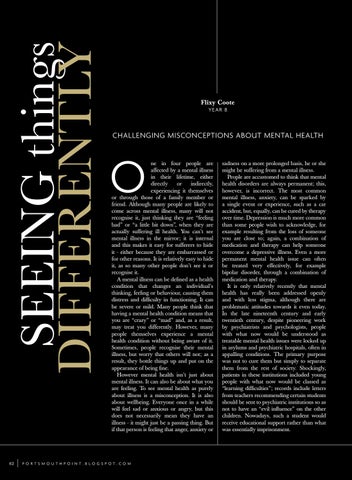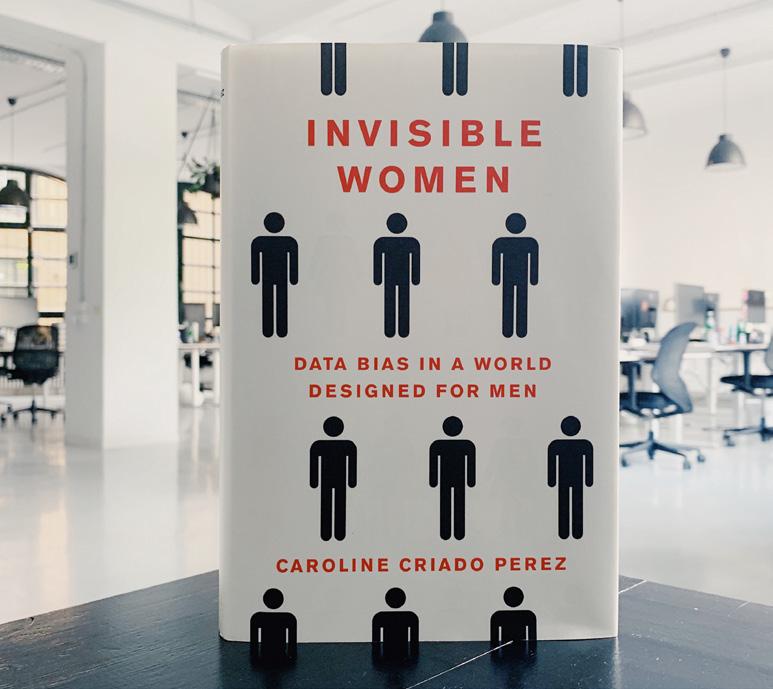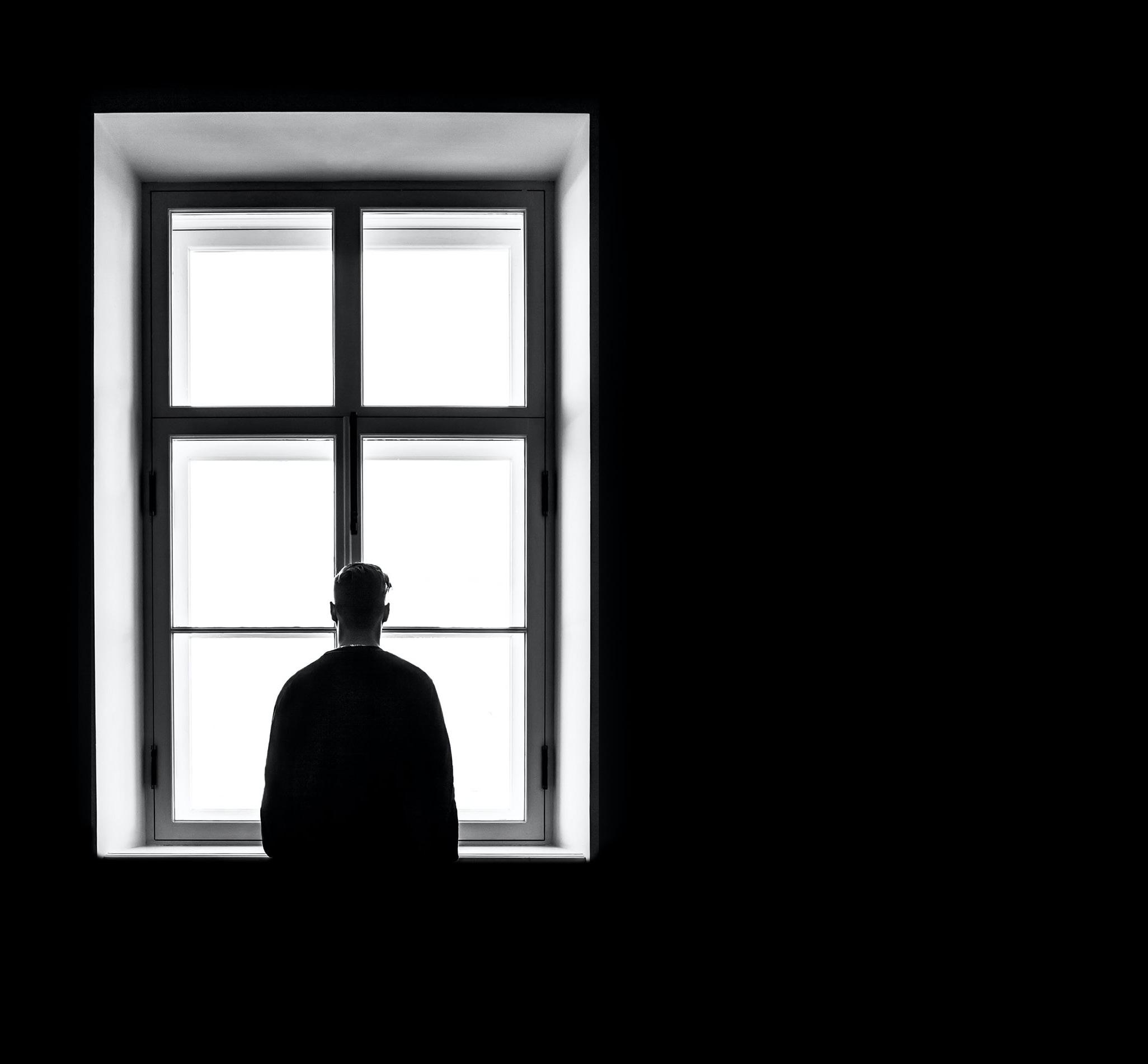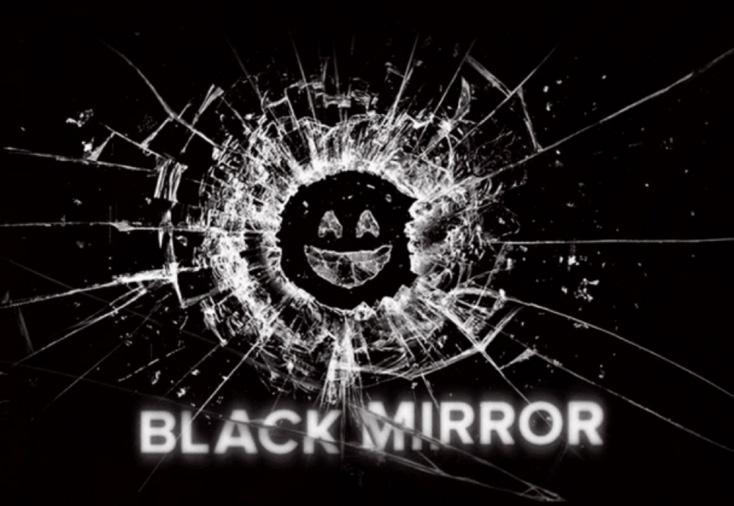SEEING things DIFFERENTLY 62
Flixy Coote YE AR 8
CHALLENGING MISCONCEPTIONS ABOUT MENTAL HEALTH
O
ne in four people are affected by a mental illness in their lifetime, either directly or indirectly, experiencing it themselves or through those of a family member or friend. Although many people are likely to come across mental illness, many will not recognise it, just thinking they are “feeling bad” or “a little bit down”, when they are actually suffering ill health. You can’t see mental illness in the mirror; it is internal and this makes it easy for sufferers to hide it - either because they are embarrassed or for other reasons. It is relatively easy to hide it, as so many other people don’t see it or recognise it. A mental illness can be defined as a health condition that changes an individual’s thinking, feeling or behaviour, causing them distress and difficulty in functioning. It can be severe or mild. Many people think that having a mental health condition means that you are “crazy” or “mad” and, as a result, may treat you differently. However, many people themselves experience a mental health condition without being aware of it. Sometimes, people recognise their mental illness, but worry that others will not; as a result, they bottle things up and put on the appearance of being fine. However mental health isn’t just about mental illness. It can also be about what you are feeling. To see mental health as purely about illness is a misconception. It is also about wellbeing. Everyone once in a while will feel sad or anxious or angry, but this does not necessarily mean they have an illness - it might just be a passing thing. But if that person is feeling that anger, anxiety or
P O RT S M O U T H P O I N T. B LO G S P OT.CO M
sadness on a more prolonged basis, he or she might be suffering from a mental illness. People are accustomed to think that mental health disorders are always permanent; this, however, is incorrect. The most common mental illness, anxiety, can be sparked by a single event or experience, such as a car accident, but, equally, can be cured by therapy over time. Depression is much more common than some people wish to acknowledge, for example resulting from the loss of someone you are close to; again, a combination of medication and therapy can help someone overcome a depressive illness. Even a more permanent mental health issue can often be treated very effectively, for example bipolar disorder, through a combination of medication and therapy. It is only relatively recently that mental health has really been addressed openly and with less stigma, although there are problematic attitudes towards it even today. In the late nineteenth century and early twentieth century, despite pioneering work by psychiatrists and psychologists, people with what now would be understood as treatable mental health issues were locked up in asylums and psychiatric hospitals, often in appalling conditions. The primary purpose was not to cure them but simply to separate them from the rest of society. Shockingly, patients in these institutions included young people with what now would be classed as “learning difficulties”; records include letters from teachers recommending certain students should be sent to psychiatric institutions so as not to have an “evil influence” on the other children. Nowadays, such a student would receive educational support rather than what was essentially imprisonment.



























